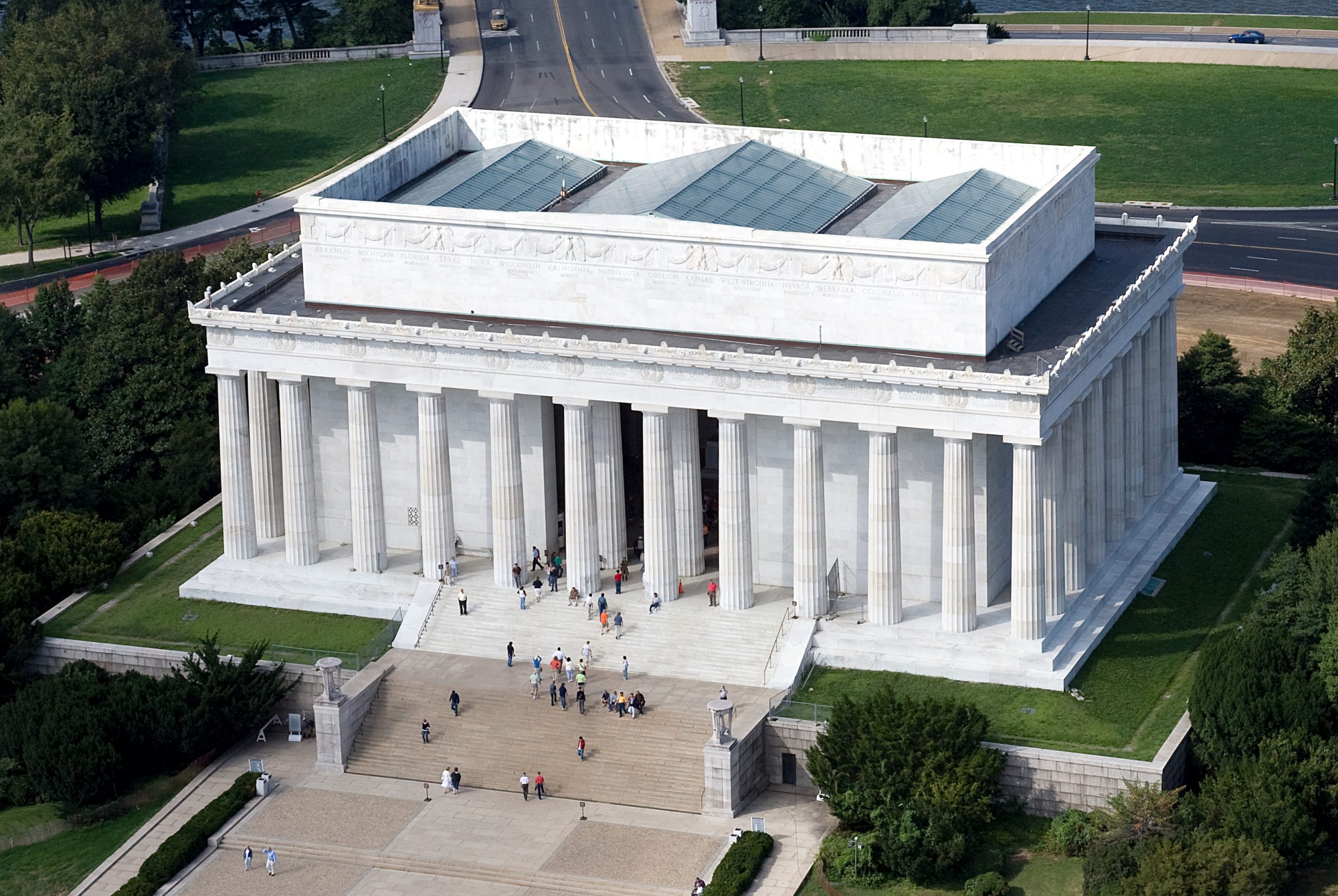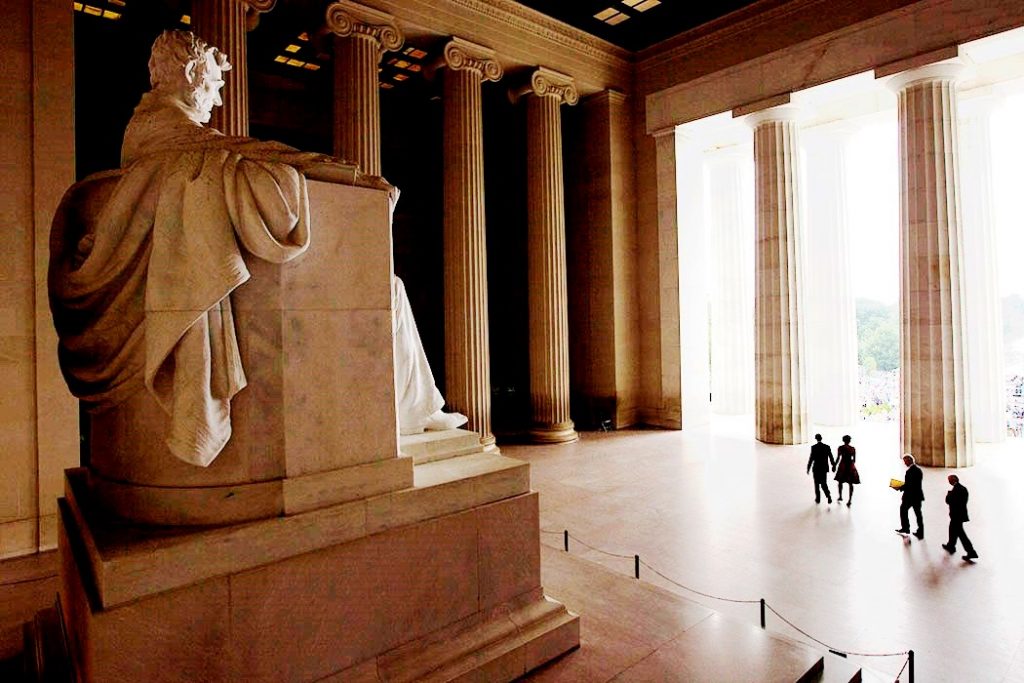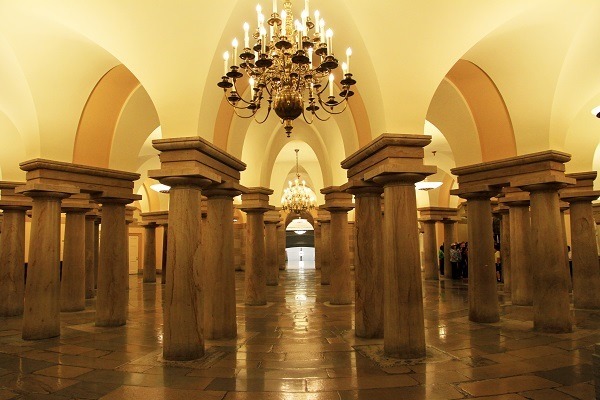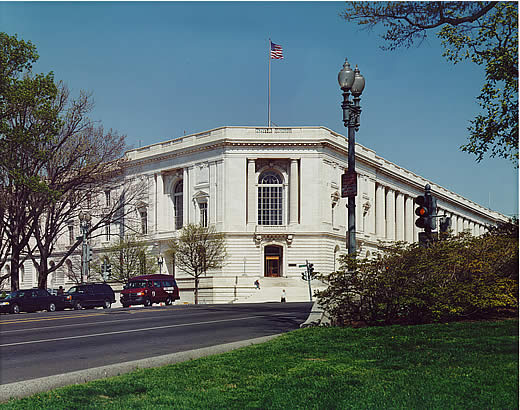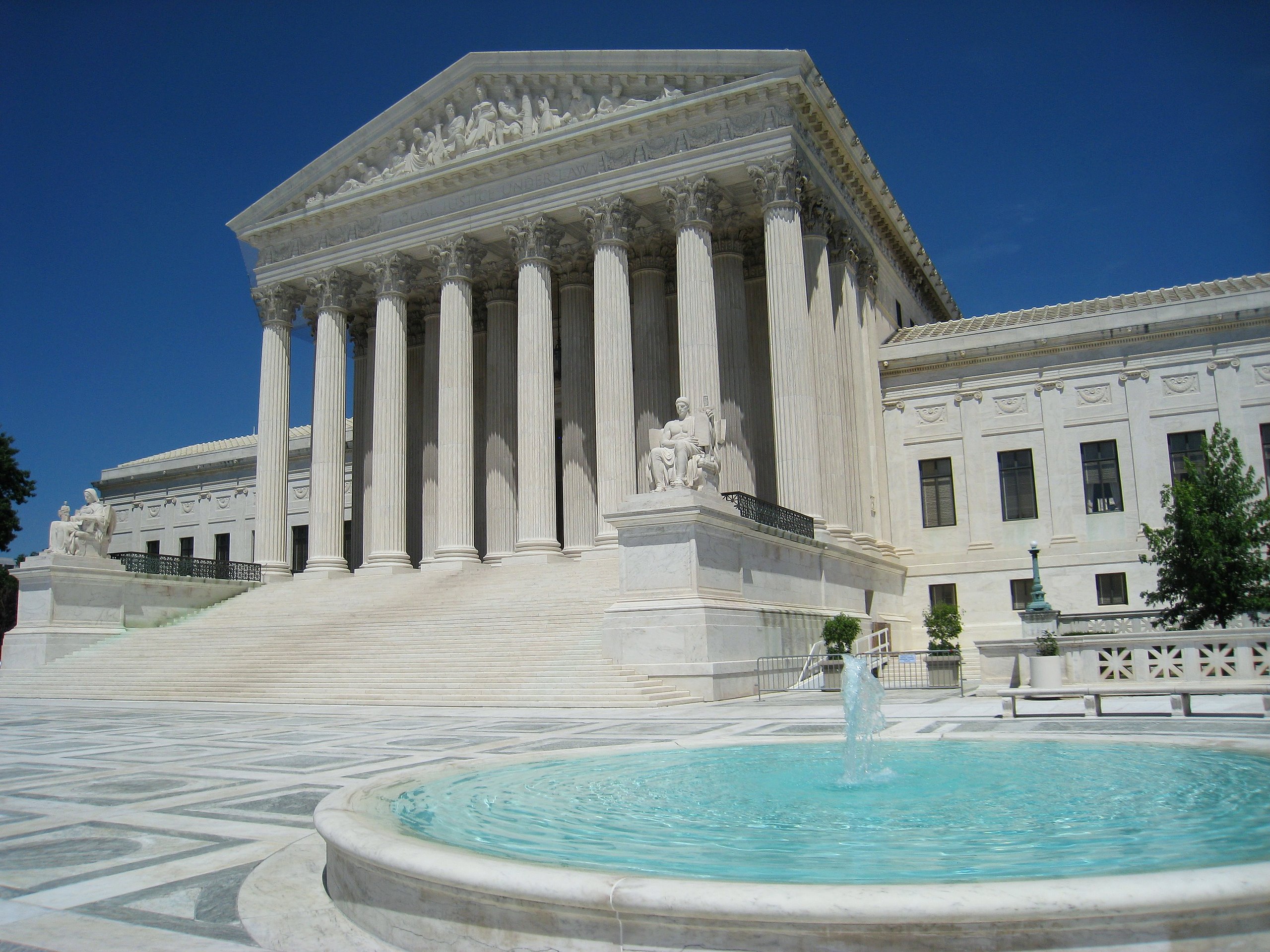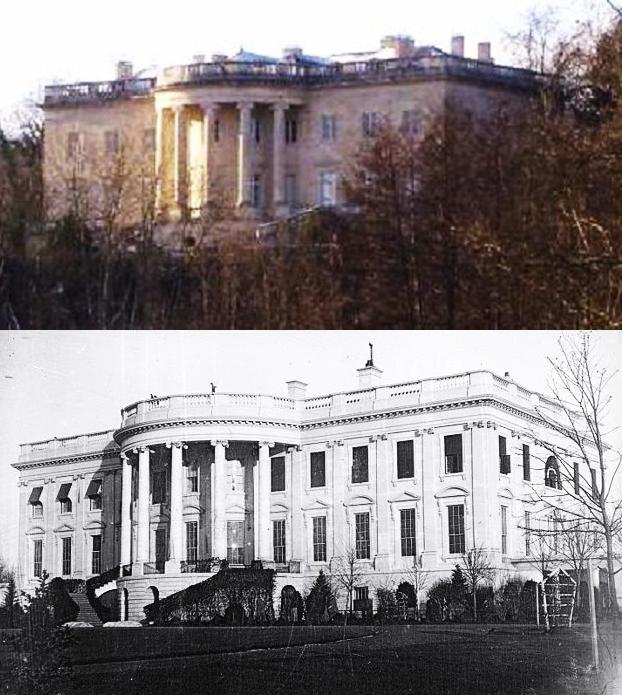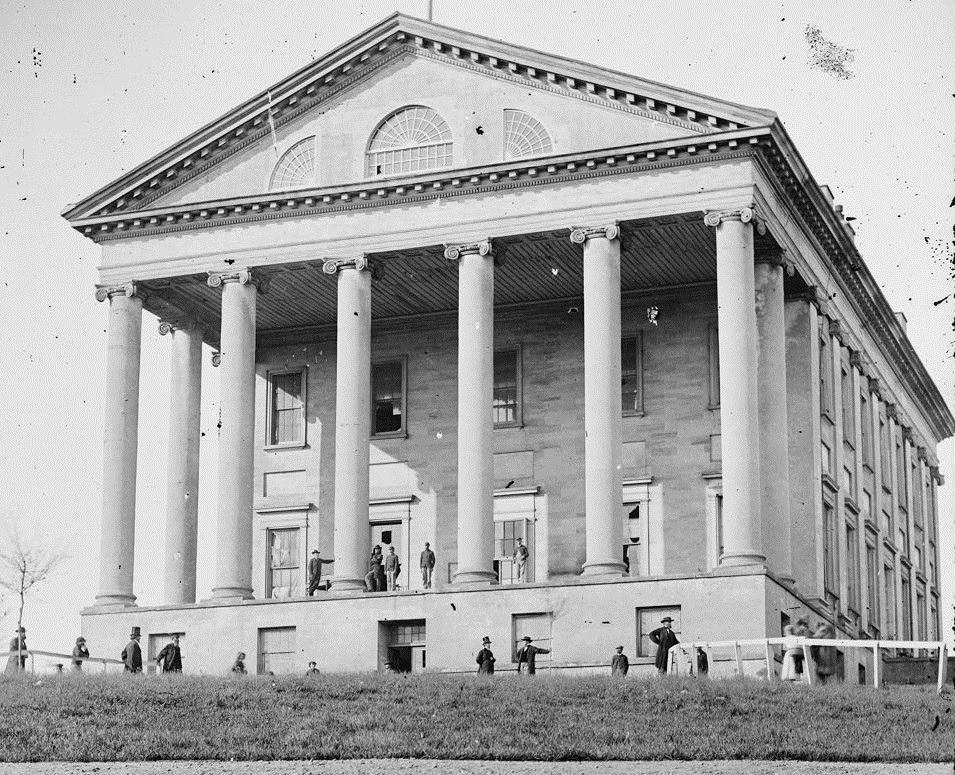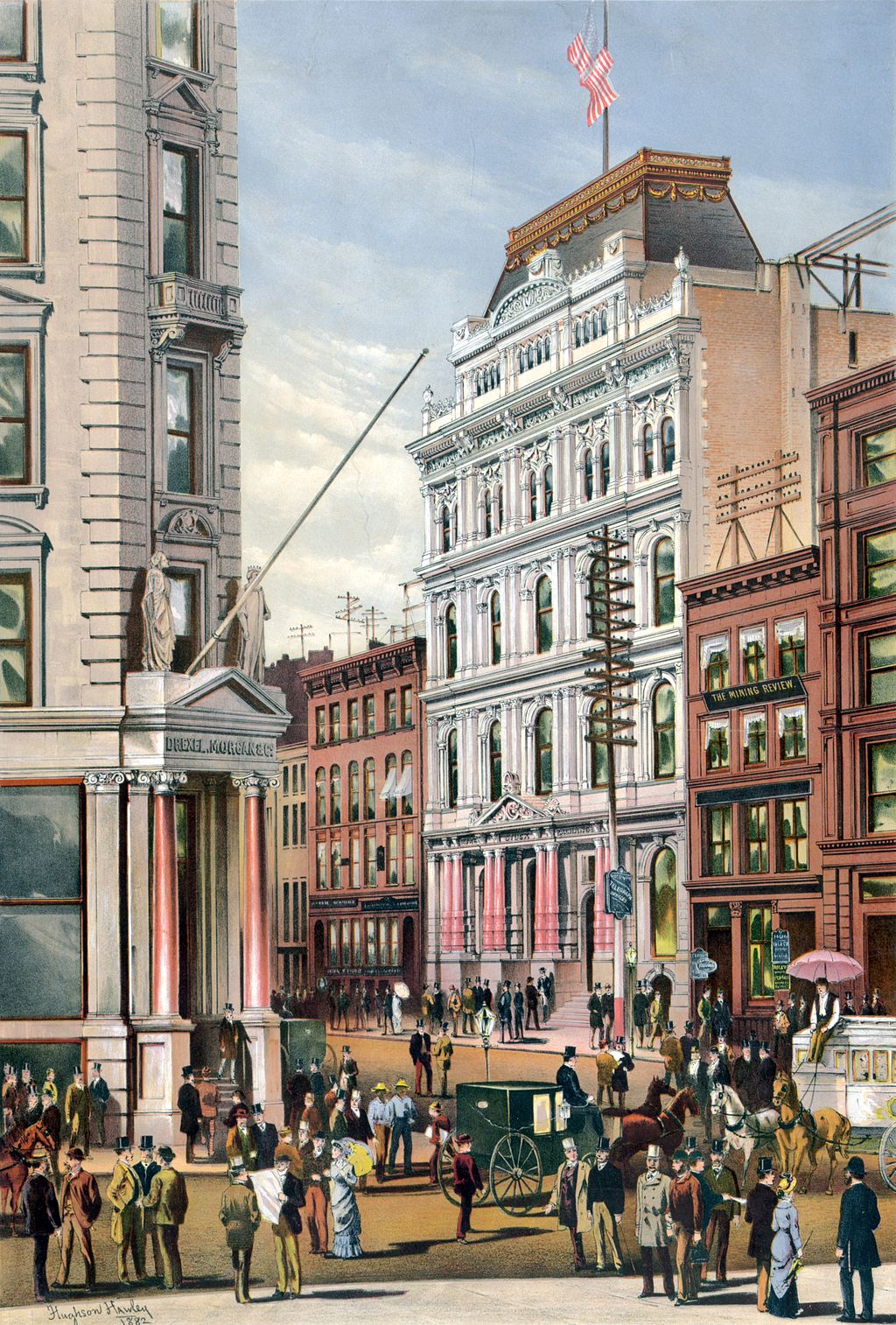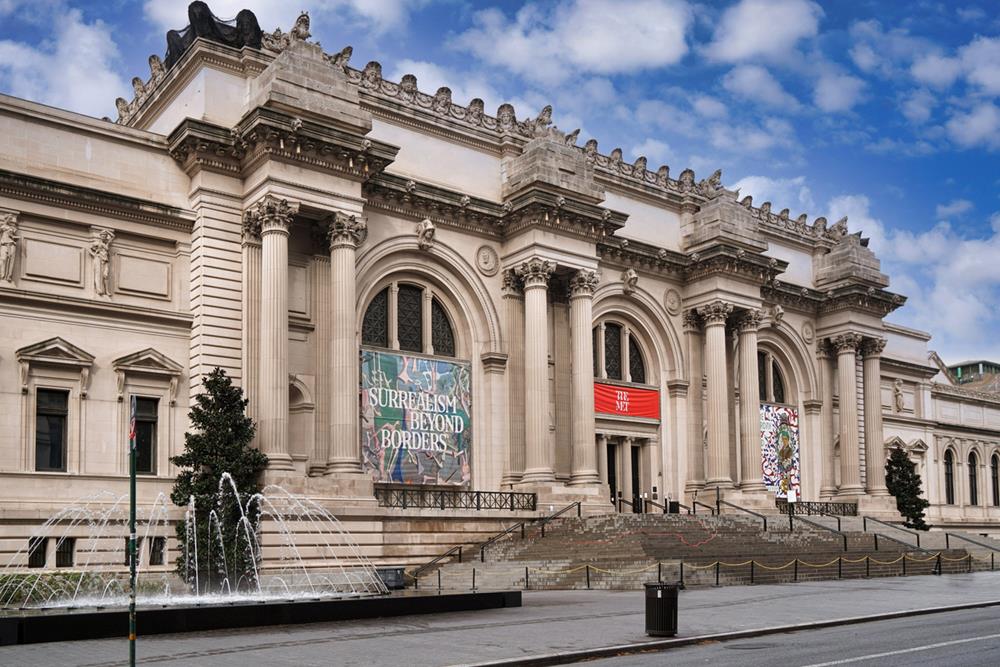Doric columns are known to exist during the time of ancient Greek. This architectural marvel became popularized hundreds of years ago because of its design and durability. Interestingly, architects all over the globe still use doric columns in some of the most magnificent buildings in history. In this article, we will look into some of the famous buildings in the United States that has Doric columns.
Lincoln Memorial
The construction of the Lincoln Memorial began in March 1914 on Washington DC, upon the approval of the Congress. It took six years for the project to finish and present it to the public. The building is well-known to be a remembrance for the 16th President of the United States, Abraham Lincoln. This incredible building stood tall, with a height of 99 feet tall. Thirty-six fluted Doric columns surround the building, and each column has a height of 44 feet. Until today, the Lincoln Memorial is one of the most famous historical places in the United States, and it is well-known in having Doric columns.
United States Capitol Building
The US Capitol Building his home for the United States Congress and the seat of the legislative branch. The design of this building is known to have several columns – with different types. There are some parts of the building to have Doric columns. The Crypt is a large room in the middle of the building that has forty neoclassical Doric columns to support the upper floor of the building.
Old Supreme Court Chamber is a room in the Capitol where the highest judiciary body in the US took place in 1810 up to 1860. Like most parts of the building, this chamber also has Doric columns designed from the temple of Poseidon.
Cannon House Office Building
This building opened in 1908 and is recognized today as the oldest House of Representatives building. It has a part in the building with thirty-four Doric columns. The construction of this building led to the improvement of the US Capitol and relieved it from being overpopulated.
Russell Senate Office Building
Similar to the Cannon House Office Building, this is the oldest Senate office building. The construction began in 1903 and finished in 1908. The appearance of this building pretty much resembles the Cannon House Office Building, as well as the thirty-four Doric columns facing the Capitol.
Supreme Court of the United States, Washington D.C.
The Supreme Court building, located in Washington D.C., is a monumental structure that embodies the gravitas and authority of the highest court in the United States. Completed in 1935, the building was designed by architect Cass Gilbert, who sought to create an edifice that reflects the dignity and power of the judicial branch of the U.S. government. A distinctive feature of its architecture is the integration of different classical column styles, primarily Corinthian columns at the front and Doric columns along the sides.
The front façade of the Supreme Court building is dominated by Corinthian columns, known for their ornate capitals adorned with acanthus leaves. These columns exude a sense of grandeur and sophistication, befitting the building’s role as the pinnacle of the American judicial system. The Corinthian order, often associated with beauty and elegance, symbolizes the intricate and refined nature of the law and justice.
In contrast, the sides of the building are characterized by Doric columns, which are much simpler and more austere in design compared to their Corinthian counterparts. The Doric order, the oldest and most straightforward of the classical orders, is associated with strength and functionality. These columns reflect the foundational and unyielding nature of the law, as well as the Supreme Court’s role in upholding the Constitution and the principles of justice.
The combination of Corinthian and Doric columns in the Supreme Court building creates a harmonious balance, encapsulating the dual nature of the judicial system – the elegance and complexity of the law, coupled with the steadfast and enduring principles of justice and equality. This architectural choice underscores the court’s function as both a guardian of legal tradition and a dynamic interpreter of the law in a changing society.
The White House, Washington D.C.
The White House, the official residence and workplace of the President of the United States, is an iconic structure that embodies the nation’s political history and democratic ideals. One of its architectural highlights is the South Portico, which incorporates Doric columns to frame the entrance. This addition, completed during the presidency of James Monroe in 1824, was designed by architect Benjamin Henry Latrobe and later expanded by Thomas Jefferson.
The use of Doric columns in the South Portico of the White House is significant for several reasons. The Doric order is the simplest and oldest of the classical orders of architecture, known for its sturdy and unadorned columns. This architectural style conveys a sense of strength and dignity, qualities that are befitting the residence of the President. The columns support a pediment that adds to the grandeur and classical appearance of the building.
These Doric columns also symbolize the democratic principles upon which the United States was founded. They are reminiscent of ancient Greek democracy, reflecting the American Founding Fathers’ admiration for classical Greek and Roman values. The White House, through its architecture, thus becomes a physical manifestation of the nation’s commitment to these enduring ideals.
University of Virginia, Rotunda
Designed by Thomas Jefferson, the Rotunda is an iconic building that stands as a testament to Jefferson’s architectural vision. It features a colonnade adorned with Doric columns, showcasing simplicity and a classical style, reflecting Jefferson’s admiration for ancient architecture.
Massachusetts State House, Boston, Massachusetts
Known for its prominent Doric Hall, this building incorporates these classic columns, which add a touch of solemnity and historical significance to the state’s legislative center.
Second Bank of the United States, Philadelphia, Pennsylvania
This Greek Revival building is defined by its Doric columns, which exemplify the strength and stability associated with banking institutions. The columns lend an air of classical elegance to the building.
Virginia State Capitol, Richmond, Virginia
The Virginia State Capitol in Richmond, designed by Thomas Jefferson in collaboration with French architect Charles-Louis Clérisseau, stands as a significant architectural landmark in American history. This building, completed in 1788, is notable for its historical and architectural significance, particularly for its incorporation of Doric columns in its interior, a choice reflective of Jefferson’s admiration for classical Roman and Greek architecture.
Jefferson, inspired by his time in France and the classical buildings of Europe, envisioned the Virginia State Capitol as a physical embodiment of democratic ideals and classical beauty. The use of Doric columns within the interior of the Capitol is a deliberate nod to the Parthenon in Athens, symbolizing strength, democracy, and the origins of Western civilization. These columns provide a sense of solemnity and timelessness, qualities that Jefferson deemed essential for a building that represented the people and the democratic process.
The Doric columns in the Virginia State Capitol are characterized by their plain, unadorned capitals and sturdy, proportioned shafts. This simplicity was a stark contrast to the more ornate architectural styles prevalent in other public buildings of the time. Jefferson’s choice of the Doric order over more elaborate styles was a statement of his belief in the virtue of simplicity and the ideal of a government ‘of the people.’
First Bank of the United States, Philadelphia, Pennsylvania
The façade of this building is marked by Doric columns, offering a strong and commanding presence. These columns are a nod to ancient Greek architecture, symbolizing the enduring nature of the institution.
New York Stock Exchange, New York, New York
The New York Stock Exchange (NYSE), located in the heart of Wall Street, is not just a center for global finance but also an architectural landmark in its own right. The building’s façade is a striking blend of grandeur and solemnity, marked prominently by Corinthian columns that symbolize prosperity, luxury, and refinement. These elaborately designed columns are reflective of the wealth and power that flow through the halls of the NYSE.
Intriguingly, while the exterior boasts these ornate Corinthian columns, Doric columns are employed elsewhere in the building. This architectural choice is particularly evocative, considering the Doric column’s association with strength, functionality, and simplicity. In the context of the NYSE, these Doric columns can be seen as a symbol of the robust and foundational nature of the financial activities that take place within. They represent the stability and enduring nature of the financial market, a necessary counterpoint to the more opulent and decorative Corinthian style on the façade.
The use of these two distinct styles within the same building creates a fascinating juxtaposition. The Corinthian columns facing the world speak to the ambition, success, and complexity of the financial markets, while the Doric columns inside suggest a groundedness and steadfastness. This architectural duality mirrors the nature of the stock market itself, which is both dazzlingly complex and fundamentally straightforward.
The Metropolitan Museum of Art, New York, New York
This illustrious institution, often simply referred to as the Met, is a beacon of cultural and artistic heritage located in New York City. The building itself is a testament to architectural grandeur, blending various styles to create a space that is as much a work of art as the treasures it houses. Notably, the Met incorporates Doric columns in parts of its vast structure, a choice that reflects a deep reverence for classical antiquity.
These Doric columns, known for their simplicity and sturdiness, are emblematic of the Met’s commitment to timeless beauty and enduring strength. They stand in contrast to the more ornate elements of the building, creating a harmonious balance between the grandiose and the understated. The columns serve not only as structural elements but also as symbolic gatekeepers to the world of art and history contained within.
Additional Iconic Buildings
Ohio Statehouse, Columbus, Ohio: This building incorporates Doric columns in its design, signifying the strength and dignity of the state government housed within.
Custom House (now Maritime Museum), Salem, Massachusetts: This building features Doric columns in its façade, which lend an air of solemnity and historical importance to this maritime heritage site.
Albany City Hall, Albany, New York: A fine example of Doric columns in municipal architecture, these columns add a sense of groundedness and tradition to the civic building.
Soldiers’ and Sailors’ Monument, Indianapolis, Indiana: Doric columns form part of this landmark structure, symbolizing the strength and resilience of the soldiers and sailors commemorated by the monument.
Maryland State House, Annapolis, Maryland: Uses Doric columns in its historic chambers, providing a backdrop of classical dignity and stability to the state’s legislative processes.
Tennessee State Capitol, Nashville, Tennessee: Includes Doric columns in its design, reflecting the enduring principles and stability of the state government.
Connecticut State Capitol, Hartford, Connecticut: Features Doric columns in its magnificent structure, adding a classical and dignified air to this center of state governance.
Philadelphia Museum of Art, Philadelphia, Pennsylvania: The museum’s façade includes Doric columns, which enhance the grandeur and solemnity of this cultural institution.
San Francisco City Hall, San Francisco, California: Features Doric columns in its grand architecture, symbolizing the strength and stability of the city’s governance.
Rhode Island State House, Providence, Rhode Island: Uses Doric columns in its design, adding a sense of historical gravity and solidity to the state’s legislative center.
Illinois State Capitol, Springfield, Illinois: The building’s interior includes Doric columns, which provide a backdrop of classical stability and dignity to the state’s legislative processes.
Texas State Capitol, Austin, Texas: Incorporates Doric columns in its historic architecture, reflecting the enduring nature and strength of the state’s governance and legislative traditions.
Conclusion
These buildings exemplify the adaptation of Doric columns in various forms of architecture across the United States, from government buildings to museums, echoing the timeless appeal of this classical style. These buildings are are incredible components of American history. The development of these buildings always acts as a remembrance to us until today of our past. It is a display of how remarkable our architects showcase their expertise in design, and would continue to inspire more in future generations.

